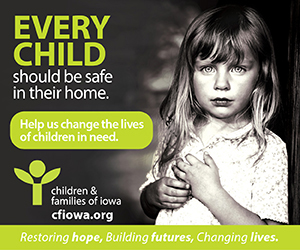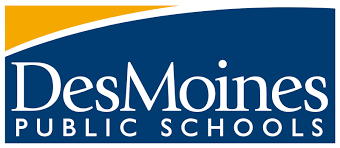DART begins process of drafting new network


The Des Moines Area Regional Transit Authority is beginning the process of drafting a redesigned network for public transit in the Des Moines metro.
The goal is to create a new transit network that will meet the needs of the region and be sustainable for the next 10 years and beyond. It’s all part of the public transit agency’s “Reimagine DART” effort, which was launched last year.
Based on what DART leaders learned through public feedback from an April survey, the agency’s board approved a plan for the future of DART on June 3. That plan prioritizes ridership across the metro, which means fewer routes that run more frequently on the busiest corridors.
Nearly 1,400 people provided feedback through the survey.
Reimagine DART is intended to address changes DART has experienced since it was formed in 2006 and adapted to changes in ridership habits. While DART has evolved to meet those changing needs, this is the first time the agency has stepped back and tackled a complete system redesign.
The DART board voted in October to award a contract to consulting firm Jarrett Walker + Associates in partnership with Transpo Group for the DART network redesign project.

Representatives from those groups, along with DART planners and project managers, and planners from member cities, are among those who will spend the coming days in a conference room drawing and redrawing bus routes and analyzing how various routes will affect riders, said Erin Hockman, chief strategy officer at DART.
“We will look at how many residents are within a quarter mile of service, what access looks like, how far can people travel, how many jobs can people get to at certain points in the network, really looking at what the outcome of the draft provides for the community,” she said.
How many jobs people can reach under a redesigned network is important because nearly 60% of riders take the bus to get to and from work.
Data provided by DART also shows that 61% of DART riders do not have a working vehicle in their home, about an equal number don’t have a valid driver’s license, and 85% of those who ride DART have a total household income of less than $50,000 a year.
DART provided more than 3.5 million rides between July 2023 and June 2024. Ridership increased nearly 9% last year.
Its annual budget is about $42 million, with an annual expense growth rate of 4.2%, data shows.
Hockman said the planners, analysts and consultants will huddle around tables with large maps and use dry erase markers to draw and redraw lines on the map and discuss what will work and what won’t work.
“There is a team of analysts from our consultants who are calculating while we are drawing … in real time so we can make adjustments in real time as we think about where do we put this service?” she said.
After a draft network is drawn, it will take a couple of months to create the maps and schedules, and develop the explanation of what the proposed network is and how it works before it goes out for public input again in September, Hockman said.
The process is all happening under the umbrella of designing a network that can run within DART’s budget, Hockman said.
According to a news release, the approved budget for the draft network will keep DART’s operating budget growth flat from fiscal year 2026 to fiscal year 2028, which will require a 10% decrease in DART’s current service level to account for annual expense increases.
The draft plan is expected to go before the DART board in early September, which will trigger another round of public feedback, Hockman said.
“We will be getting really specific feedback on where we provide service, what streets the routes are running on, where microtransit zones are, times of day, and then we will reconvene in October to make any changes we feel are necessary based on that public input we collect in September,” she said.
A revised draft plan would then undergo the same analysis before the DART commission would vote on a final plan, which Hockman said would likely happen in January. That plan would then be implemented in July 2026.
Based on the feedback, microtransit service will also be evaluated during the draft process. Three communities, Ankeny, Altoona and Clive, expressed a desire for microtransit options.
“The overall region leans toward a ridership, indicating they would prefer a coverage model, which means less frequent service that covers more areas of their community,” Hockman said. “So as we design a new bus network we will be looking to evaluate microtransit options for those communities.”
Hockman said there are challenges DART faces in building a new bus network.
“We know it’s going to be difficult,” she said. “The region overall wants to prioritize ridership with a few communities wanting coverage, and it’s more difficult in that we are resource constrained. Our new network will be resource constrained. There’s always more service and more places that we want to provide service than we can, so we have to make tough decisions on the tradeoffs on where can we have the greatest impact by providing service in certain places versus others?”
The goal, Hockman said, is to provide the best service DART can that aligns with the goals of its communities and the DART commission.
“But as we look to do that, our budget for the new network is 10% less revenue hours than we have today, so that is probably what will be the most challenging is how do we try to do all the things we want to from a service perspective with the limited resources we have?” she said.

Michael Crumb
Michael Crumb is a senior staff writer at Business Record. He covers real estate and development and transportation.









